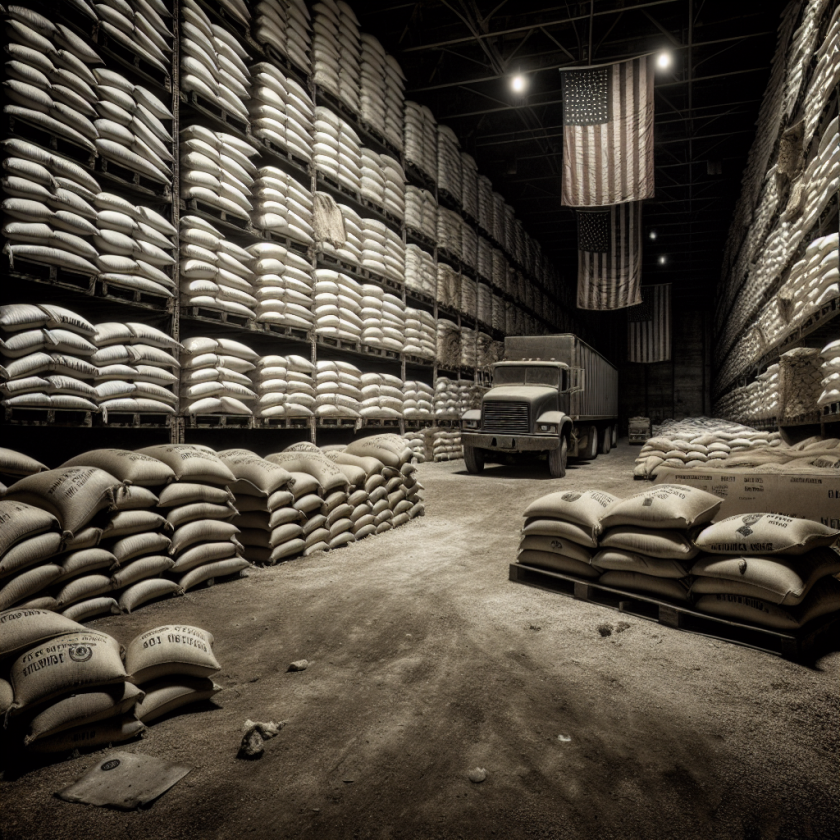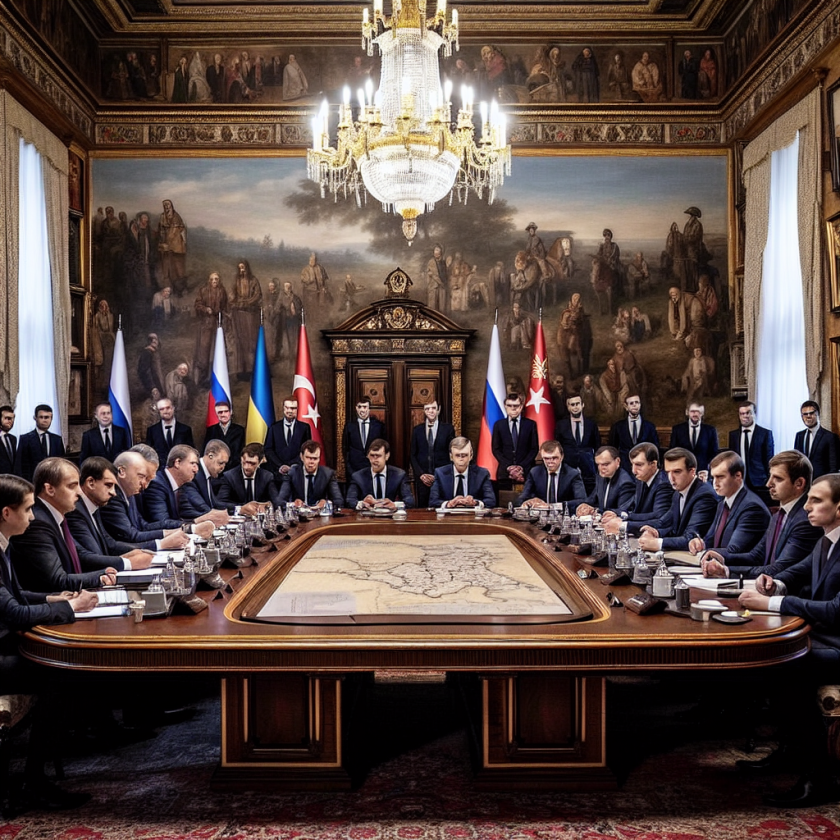Exploring Trump’s “Liberation Day” Strategy: The Global Economic Impact of Tariffs
Exploring Trump’s “Liberation Day” Strategy: The Global Economic Impact of Tariffs
Introduction to “Liberation Day”
Former President Donald Trump’s “Liberation Day” strategy refers to his administration’s aggressive use of tariffs as a tool to reshape global trade dynamics. This approach aimed to reduce the United States’ trade deficits and bolster domestic industries by imposing tariffs on imports from key trading partners.
The Strategy Behind Tariffs
Trump’s tariff strategy was designed to achieve several objectives:
- Protect Domestic Industries: By imposing tariffs, the administration sought to protect American manufacturers from foreign competition.
- Negotiate Better Trade Deals: Tariffs were used as leverage to renegotiate trade agreements perceived as unfavorable to the U.S.
- Address Trade Imbalances: The strategy aimed to reduce the trade deficit by making imported goods more expensive and less attractive to American consumers.
Global Economic Repercussions
The implementation of tariffs had significant global economic impacts, including:
- Trade Tensions: The tariffs led to heightened trade tensions, particularly with China, resulting in retaliatory measures and a trade war.
- Market Volatility: Uncertainty surrounding trade policies contributed to market volatility and affected global supply chains.
- Impact on Consumers: Increased costs of imported goods led to higher prices for consumers, affecting purchasing power and consumer behavior.
Long-term Implications
The long-term implications of Trump’s tariff strategy continue to be debated:
- Shift in Global Trade Patterns: The tariffs prompted some countries to seek new trade alliances and diversify their markets.
- Reevaluation of Trade Policies: The strategy sparked discussions on the effectiveness and consequences of protectionist trade policies.
- Impact on U.S. Manufacturing: While some industries benefited, others faced increased costs for imported materials, affecting their competitiveness.
Conclusion
Trump’s “Liberation Day” strategy, characterized by the use of tariffs, had profound effects on global trade and economic dynamics. While it aimed to protect U.S. interests and address trade imbalances, it also led to increased trade tensions and market volatility. The long-term impact of these policies continues to influence global trade discussions and economic strategies.







































